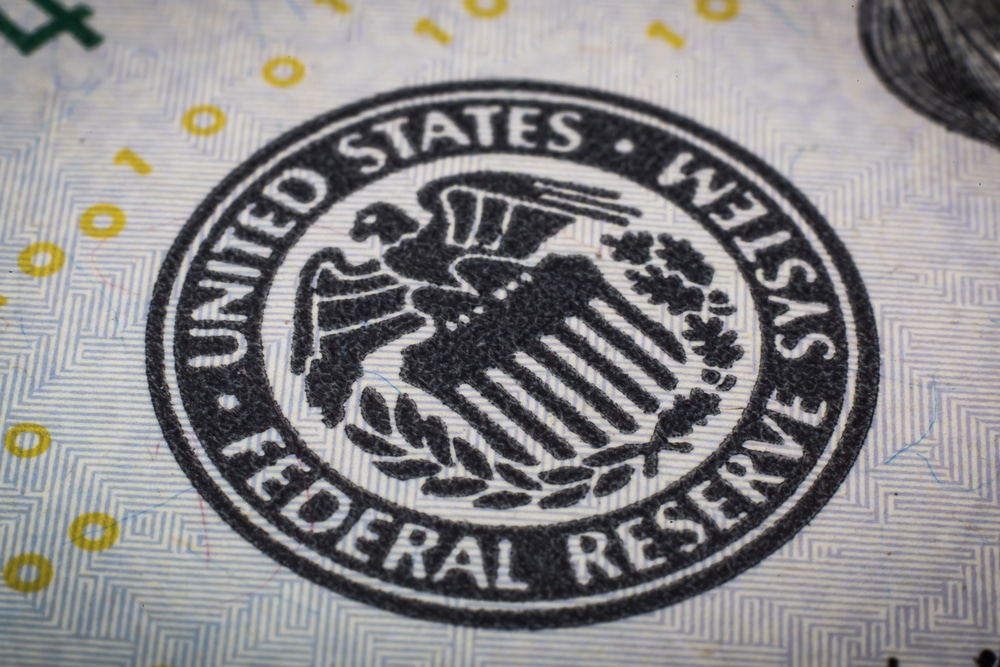The focus in 2022 so far has clearly been on the shifting monetary stance around the world. The US Federal Reserve sustains its significant influence, not just domestically, but also internationally, given the USD’s status as the primary funding currency.
In order to fight inflation, the FED needed to act. That is why it raised interest rates and started to unwind its balance sheet, yet thus far no signs of easing price pressure can be noted.
Monetary policy does work with a lag, but the markets should definitely expect more actions at the following FED meetings so as to prevent inflation from becoming entrenched

Rates at neutral – more hikes to follow?
As a result of rising rates, the US Dollar has been rising and now many are asking what that means for the global economy. During the last press conference, FED Chair Jerome Powell stated that rates are now at neutral and from now on further hikes will be data dependent.
Until the September meeting, a whole lot of new data dealing with employment and inflation is to be presented to the governing body, as well as economic strength/weakness.
The latest employment report suggests that the labor market remains tight, and this fact acts as a green light for the FED to move ahead with new rate increases.
This can have an impact on asset valuations once again, since stocks, bonds, and cryptocurrencies suffer when interest rates are rising.
Traders working with brokerages such as easyMarkets witnessed volatility this year and things are unlikely to change until the FED pivots to an accommodative monetary stance.
QT set to accelerate
On top of rising short-term interest rates, the FED has taken measures to start reducing its balance sheet. Funds that are the result of maturing securities are no longer reinvested, which means liquidity from the system is gradually drying up.
Starting September 2022, QT (Quantitative Tightening) is set to increase to $95 billion per month, including both Treasuries and mortgage-backed securities (MBS).
As long as inflation doesn’t start moving towards the FED’s 2% target, this plan will be rolled out in line with the guidance revealed a few months ago.
While QE is stimulative and pushes investors and traders further out of the risk curve, QT is reducing growth prospects, as well as diminishing liquidity in the Treasury market.
Analysts are skeptical that the FED is going to be able to reduce its balance for several years in a row, especially if recessionary fears materialize, in the US and globally.
No more forward guidance
A third step announced at the last FED meeting is the removal of forward guidance. If up until now the Central Bank made sure to let the markets know well in advance about its next moves, from now on decisions will be made on a meeting-by-meeting basis.
If inflation remains sticky and employment strong, new rate hikes are bound to occur. Favorable changes towards the FED mandate will be a clear sign that no further steps are necessary.
However, ditching forward guidance generates volatility in asset valuations, especially in the Treasury market, at a time when rates should move in a predictable manner.
